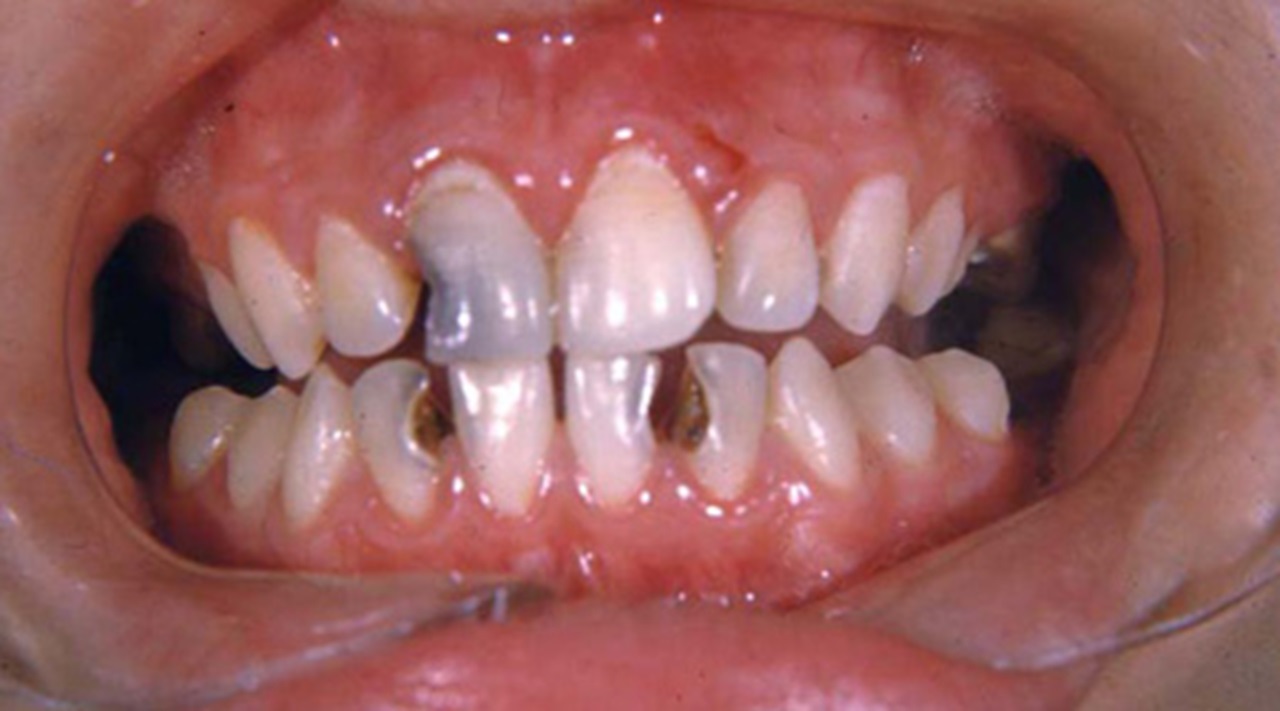
The arrival of flu season triggers an immediate and understandable focus on systemic health: fever reduction, hydration maintenance, and the aggressive prevention of viral spread. Amidst this flurry of primary care, a critical, yet frequently overlooked, consequence of severe illness emerges—the direct and indirect threats posed to a child’s oral health. Viral illnesses, particularly those accompanied by severe vomiting, persistent dry mouth, and the frequent consumption of acidic medications, can swiftly compromise the delicate balance of the oral environment, accelerating the process of dental erosion and cavity formation. The acidic assault from regurgitation and the significant reduction in protective salivary flow are far more damaging than many parents realize, turning a temporary illness into a long-term dental problem. Protecting a child’s teeth during this vulnerable period requires proactive strategies that address the acute biological changes brought on by the infection and the common self-care remedies that inadvertently worsen the dental risk.
The Direct and Indirect Threats Posed to a Child’s Oral Health
Amidst this flurry of primary care, a critical, yet frequently overlooked, consequence of severe illness emerges—the direct and indirect threats posed to a child’s oral health.
The vulnerability of a child’s teeth during a bout of the flu stems from multiple factors that converge to weaken the enamel, the hardest substance in the human body. The direct threat is the acidic exposure resulting from vomiting or gastric reflux, which can have a pH as low as 1.5 to 3.0. This acid immediately begins to demineralize the enamel surface. The indirect threats are linked to common illness behaviors: reduced fluid intake due to nausea (leading to xerostomia, or dry mouth), increased consumption of sugary, acidic cough syrups and electrolyte drinks, and often, a complete lapse in routine oral hygiene due to lethargy and discomfort. All these factors accelerate the creation of a dental-crisis environment, where the mouth becomes persistently acidic and the protective mechanism of saliva is impaired.
The Acute Biological Changes Brought on by the Infection
The acidic assault from regurgitation and the significant reduction in protective salivary flow are far more damaging than many parents realize, turning a temporary illness into a long-term dental problem.
When a child experiences repeated vomiting, the stomach acids are brought into direct, forceful contact with the lingual (tongue-side) and occlusal (chewing-surface) enamel of the teeth. This exposure causes erosion, which is distinct from decay caused by bacteria. Erosion is the physical dissolution of the mineral structure, making the teeth temporarily softer and highly susceptible to physical damage. Crucially, immediately after vomiting, parents should never allow the child to brush their teeth. The enamel is momentarily soft, and the mechanical action of the toothbrush bristles will literally abrade the surface layer, leading to irreversible loss of tooth structure. Instead, the immediate countermeasure must be passive neutralization and remineralization, prioritizing an alkaline rinse to stabilize the oral environment.
Passive Neutralization: The Immediate Post-Vomiting Protocol
Instead, the immediate countermeasure must be passive neutralization and remineralization, prioritizing an alkaline rinse to stabilize the oral environment.
The critical intervention immediately following a vomiting episode is neutralization of the acid. The two most effective, easily accessible agents are a dilute baking soda (sodium bicarbonate) rinse or simply plain water. A small amount of baking soda dissolved in water (about one teaspoon in a cup) creates a mild alkaline solution that rapidly elevates the oral pH, halting the erosive process. If baking soda is too difficult for the ill child, a vigorous rinse with plain water is the next best step, as it physically dilutes the acid. Only after a significant period of time—ideally 30 to 60 minutes—has passed, allowing the enamel surface to naturally re-harden, should the child gently use a fluoride toothpaste to complete the clean.
The Problem with Sugary, Acidic Medications
Increased consumption of sugary, acidic cough syrups and electrolyte drinks.
Many common medications administered during flu season pose a chemical threat to dental health. Cough syrups are often formulated with high concentrations of sugar to make them palatable, and many are also inherently acidic due to their flavorings and stabilizers. When these syrups are consumed frequently throughout the day and night, the oral bacteria feast on the residual sugars, producing the acid that initiates decay. Similarly, popular sports and electrolyte drinks, while essential for hydration, are often highly acidic (low pH) and contain significant amounts of fermentable carbohydrates. Parents should be encouraged to switch from these high-risk options to plain water, unsweetened clear broths, or Pedialyte consumed through a straw, which minimizes contact with the teeth.
Xerostomia: The Loss of Saliva’s Buffer
Reduced fluid intake due to nausea (leading to xerostomia, or dry mouth).
A pervasive secondary effect of illness is dehydration, which results in xerostomia or persistent dry mouth. Saliva is the mouth’s natural defense mechanism; it is rich in minerals like calcium and phosphate, contains antibacterial agents, and, most importantly, acts as a powerful acid buffer that constantly neutralizes the acids produced by bacteria and those introduced from external sources. When the child is ill and dehydrated, the flow of saliva decreases dramatically, stripping the teeth of this natural protection. To counteract this, parents must prioritize fluid intake, and for severe cases, utilize sugar-free lozenges, chewing gum (containing xylitol), or artificial saliva products to stimulate flow and provide external lubrication.
The Role of Xylitol and Fluoride Remineralization
Utilize sugar-free lozenges, chewing gum (containing xylitol), or artificial saliva products to stimulate flow and provide external lubrication.
During periods of compromised oral health, aggressive use of fluoride and the consumption of products containing xylitol become non-negotiable defensive strategies. Fluoride, found in toothpaste and sometimes mouth rinses, works by chemically integrating into the softened enamel structure, creating a stronger, more acid-resistant form of mineral (fluoroapatite), a process called remineralization. Xylitol, a natural sugar alcohol, has been proven to inhibit the growth of Streptococcus mutans, the primary bacteria responsible for tooth decay, and stimulates salivary flow. Even when a child is too lethargic to perform a full brush, the use of a fluoridated mouthwash or chewing xylitol gum (if age-appropriate) provides a passive yet highly effective delivery of these two protective agents.
Maintaining Routine Hygiene: Adapting to Lethargy
And often, a complete lapse in routine oral hygiene due to lethargy and discomfort.
Lethargy and physical discomfort often lead to a complete lapse in routine oral hygiene, sometimes for several consecutive days, which allows bacterial plaque to flourish uninterruptedly. While a sick child may not be capable of a meticulous two-minute brush, parents must implement modified, gentler cleaning routines. This might involve the parent or caregiver gently wiping the child’s teeth with a fluoridated wipe or a clean cloth wrapped around a finger, or simply having the child use a very soft toothbrush with a smear of fluoridated paste for 30 seconds. The goal is damage control: interrupt the plaque formation and ensure the continuous, even if minimal, application of fluoride to the tooth surfaces to mitigate the continuous acidic challenges.
Post-Illness Dental Check-Up
A post-illness dental check-up is a proactive measure that allows the professional to assess and intervene before acute erosion or demineralization progresses into a full cavity.
Once the acute phase of the flu has passed and the child has returned to normal routines, the parent should strongly consider scheduling a post-illness dental check-up. This is not an alarmist measure; rather, it is a proactive measure that allows the professional to assess and intervene before acute erosion or demineralization progresses into a full cavity. The dentist can examine the typically affected areas—the lingual surfaces and the back molars—for early signs of enamel damage. Intervention can be swift and effective, involving the application of professional-strength fluoride varnish to rapidly remineralize compromised areas, or the prescription of high-fluoride toothpaste for a short period to rebuild the enamel integrity.
Cleaning and Disinfecting Oral Tools
The toothbrush and all oral care tools must be sterilized or, ideally, replaced entirely once the child has recovered.
An often-ignored detail is the potential for re-infection or cross-contamination from the tools used during the illness. The toothbrush and all oral care tools must be sterilized or, ideally, replaced entirely once the child has recovered. Viruses and bacteria can linger on the bristles, leading to a recurrence of the illness or the transfer of pathogenic oral bacteria to other family members. Simple replacement of the toothbrush is inexpensive and ensures a clean slate for the start of the recovery phase. Similarly, any cups, straws, or water bottles used during the peak illness should be thoroughly washed and sterilized to prevent the re-introduction of viral or bacterial agents into the child’s environment.
